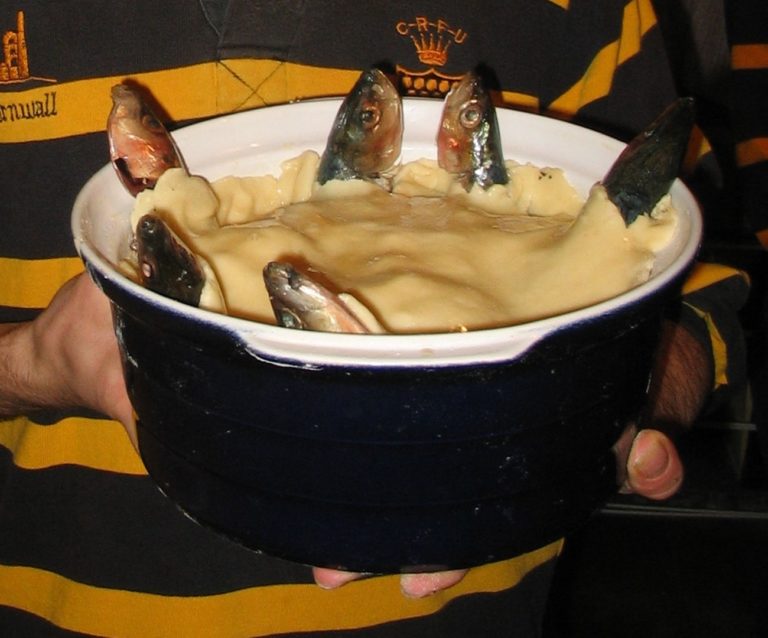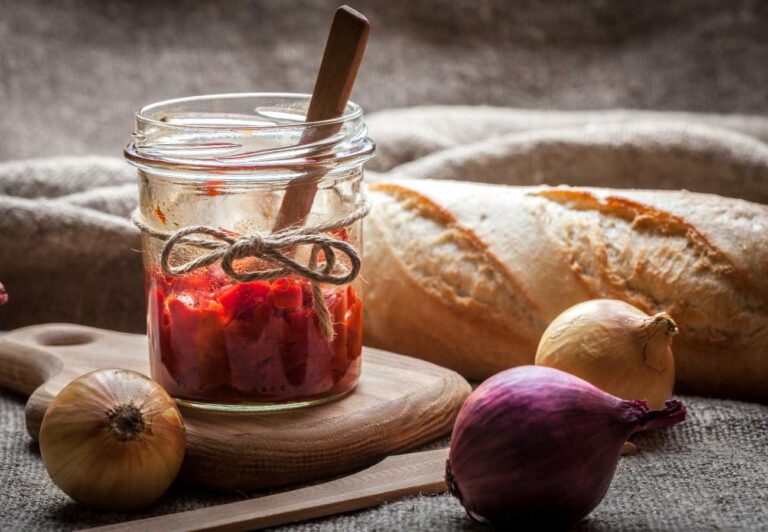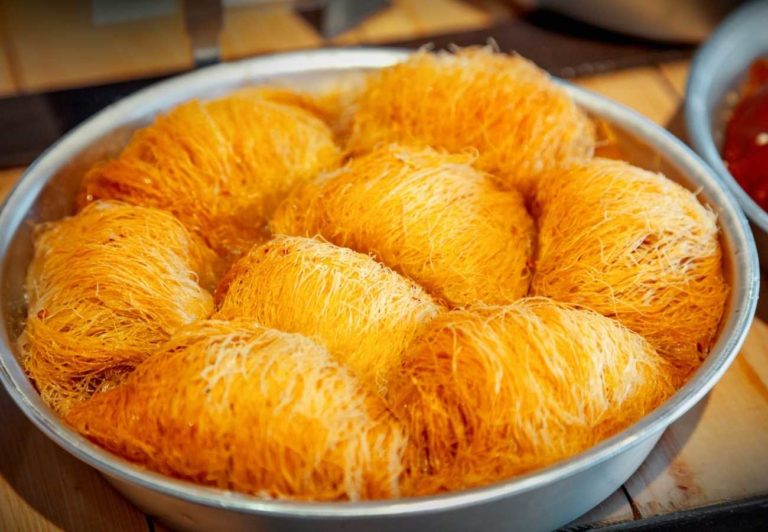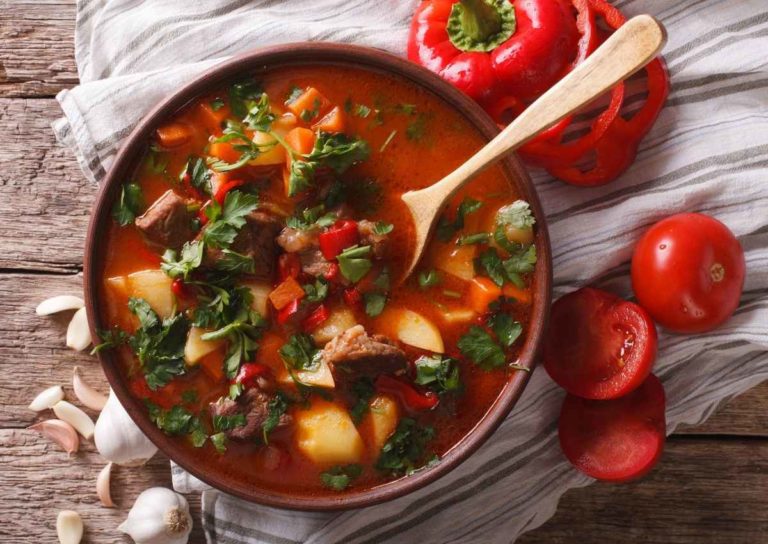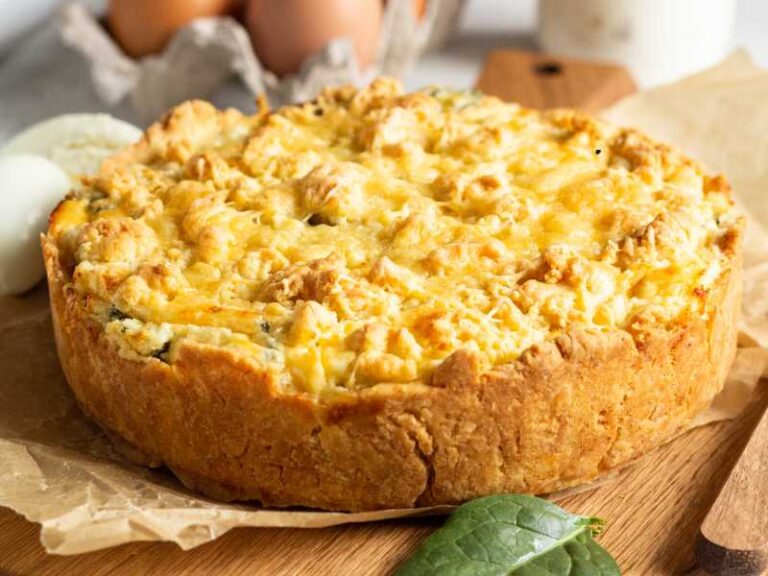What is French Foie Gras & Why is it Controversial?
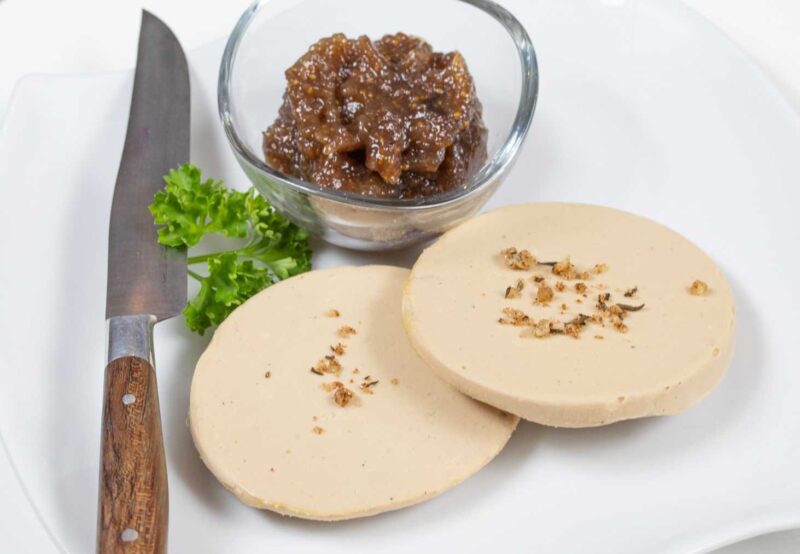
Foie Gras is a traditional French dish prepared using a duck or goose’s liver which has been fattened by force feeding. It is consumed in several ways, such as baked, pan-seared, or as a terrine. It is often served as an appetizer or as a main course and is typically paired with crusty bread, fruits, or a sweet condiment such as fig preserves.
Origin & Cultural Significance
Foie Gras has a long history in French cuisine and is considered a symbol of luxury and refinement. The dish is believed to have originated in ancient Egypt and was later adopted by the Romans, who spread the culinary tradition throughout their empire.
In France, Foie Gras has been a staple of gourmet cuisine for centuries, particularly in the region of Gascony. It was traditionally made from the livers of geese that were force-fed to increase their size, a practice known as gavage. This process gave the liver its rich, buttery flavor and made it a prized ingredient in haute cuisine.
Controversy
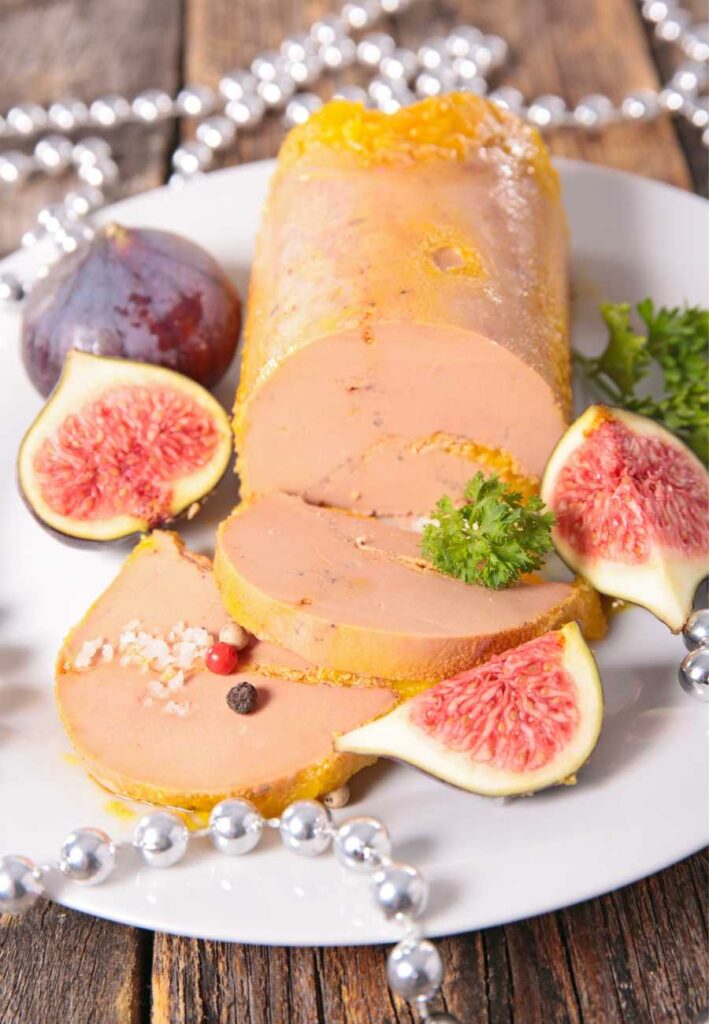
Foie Gras is a controversial dish due to concerns about the ethical treatment of the animals used in its production. Many animal welfare organizations have called for a ban on the production and sale of Foie Gras, while others argue that the traditional methods of production are humane and that Foie Gras should be protected as a cultural and culinary heritage.
The controversy revolves around the ethics of force feeding ducks by pushing a pipe down their throat twice a day and filling them with food to fatten them up. They are also often restricted to cages so small that they can rarely even turn around. The birds are then typically slaughtered at only eight weeks old.
Despite the controversy, Foie Gras remains a popular dish in France and is served in many high-end restaurants and bistros. It is also widely exported around the world.

